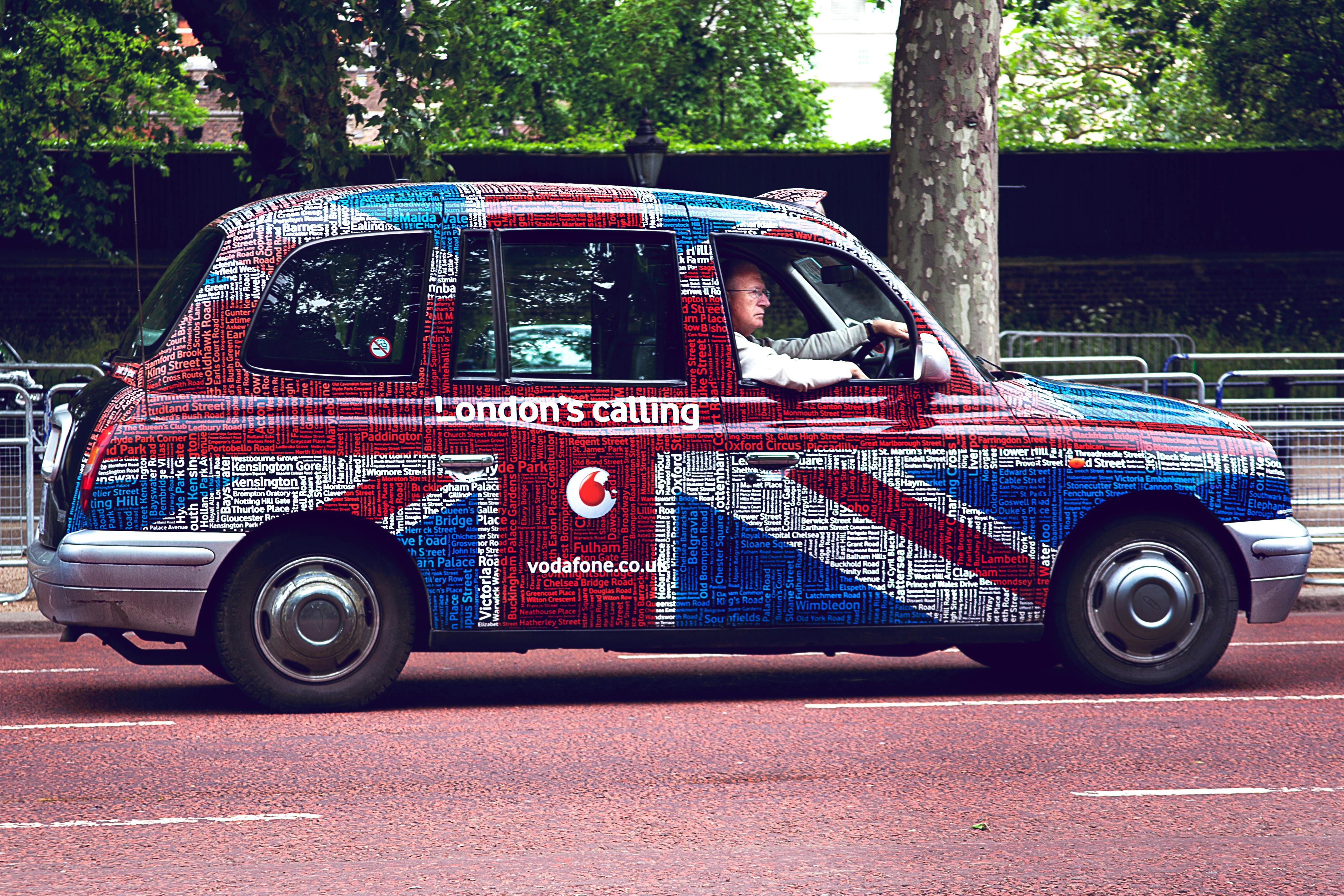One of my patients, Norm, originally came to see me with a health problem that affected his ability to enjoy a recreational sport and also affected his relationship with his wife. Norm had a lower back problem that limited his ability to play golf. You might ask, “I can see why this would affect his ability to enjoy a recreational sport, but why was it affecting his relationship with his wife?” He was asking me about this too. Norm told me, “When I can’t play golf, I just sit at home all day and drive my wife crazy.”
For Norm’s sake and his wife’s sanity, he was motivated to help eliminate her back pain and get her back to playing golf. I am a chiropractor and treating golfers’ low back pain is one of my specialties. This article will explain why many golfers have back pain and how it can be alleviated.
Recently, a study published in the South African Journal of Physical Therapy, March 2018, indicated that almost half of golfers have back pain. The research showed that among a group of 271 recreational golfers, 45% suffered from mechanical low back pain and 23% had sacroiliac joint dysfunction. A subsequent analysis showed that almost 96% of golfers with sacroiliac joint dysfunction had mechanical low back pain.
Mechanical low back pain simply means there is a movement and/or alignment problem. The sacroiliac joint is a pelvic joint, in the hip pocket area. There is a sacroiliac joint on either side of our pelvis. Sacroiliac joint dysfunction means that it is out of alignment and/or does not move correctly.
As a chiropractor, I am trained to evaluate the sacroiliac joints in golfers with lower back complaints. Through a simple physical exam, it can be determined if one or both of the sacroiliac joints may be out of alignment or moving improperly.
If this is the case, it is a problem that can be treated with chiropractic care. Typically, a patient with misaligned and/or improperly moving sacroiliac joints is given a series of “chiropractic adjustments” to correct the cause of the problem. Once corrected, 90% of these back conditions improve and
most golfers can resume the sport.
Many professional golfers regularly undergo chiropractic care. I encourage any recreational golfer limited by low back pain to explore chiropractic care for their condition. If it’s good enough for the pros, it certainly is for the rest of us.

